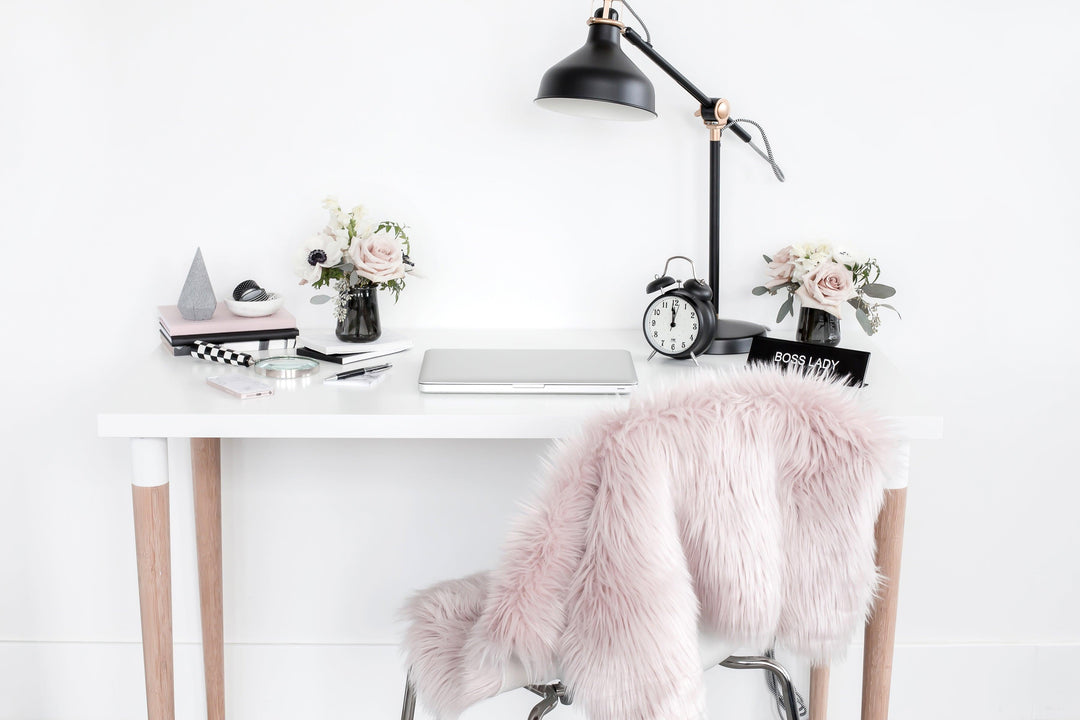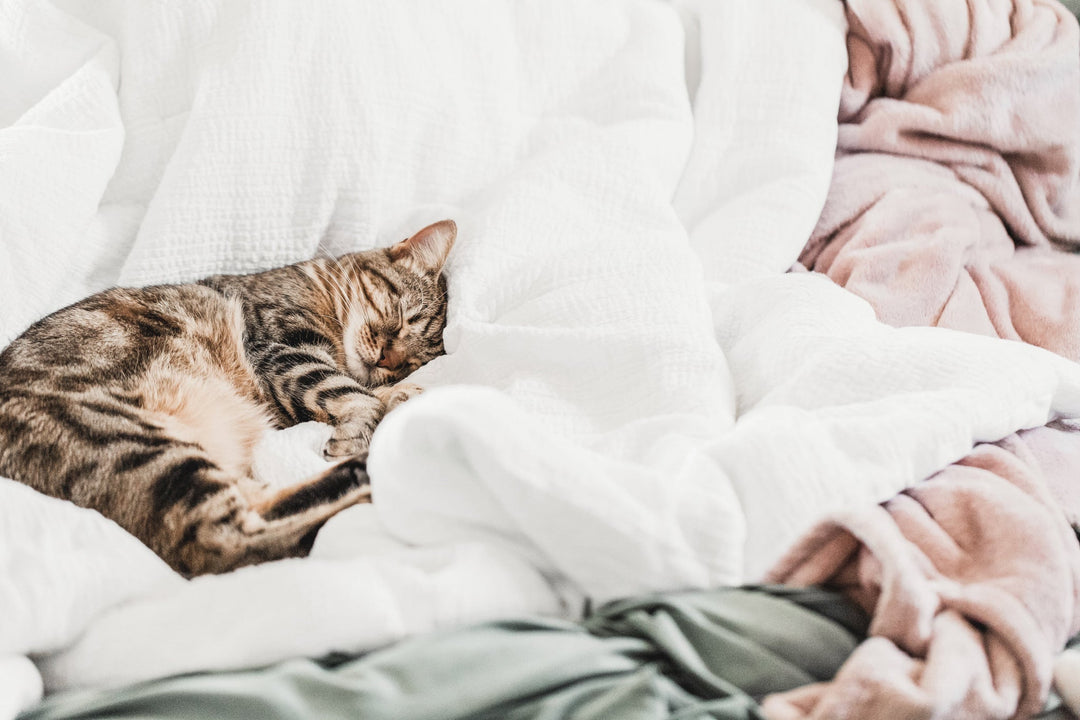Can I legally use live animals in a photography session?
Every year around Easter, photographers pop up with advertisements putting out the call for sessions with live animals – such as bunnies or baby chicks.
In fact, who am I to argue that these would be super cute photos? I’m a mom. I dig it.
But the lawyer side of me agonizes over this because many are entering into these type of sessions without the knowledge needed to protect themselves and their clients.
I’m not here to impart my opinion or business model on you, but I want to provide the legal information and business tips that should be taken into account when determining whether to offer these type of sessions or to engage a photographer for your own personal photos with such circumstances.
What are the ins and outs of shooting with animals?
Some people think it is as easy as advertising, getting the animal, shooting, done. But there is way more than that. You need to consider the aspect of licenses that are required.
“Many businesses that buy or sell warmblooded animals, exhibit them to the public, transport them commercially, or use them in experiments or teaching must be licensed or registered by the U.S. Department of Agriculture (USDA).” USDA information
Licensing & Registration Under the Animal Welfare Act Guidelines (link)
Note: This isn’t even taking into account any state-specific or local-specific requirements.
Not only that but you have to consider ways to provide the most sanitary environment possible for your clients. Is the environment you’re shooting in a controlled environment conducive to the type of animal you’re shooting with? Animals provide a potential for sickness and/or harm to the client through scratching and biting.
Further, do you have the proper education and/or knowledge to adequately inform and educate the client of proper handling of the animal during the course of the shoot? Animals and clients may both be harmed during the course of the shoot. Think of Elvira from Tiny Toons, she squeezes the animal with all her might. That’s a true reality as children aren’t typically skilled in interacting with these animals. On top of that, rabbits have been known to die from fright. It happens. Not only is it wrong to impart this on an animal, but what do you do if the rabbit drops dead in the middle of the session? Talk about leaving a bad experience for the clients!
If I was the client I would assume my Professional Photographer knew what they were doing. Scary thought though to have that burden when it comes to animals when we normally are dealing with RAW and Photoshop, right?
Lastly, what will be done with the animals once done? Sent to animal shelter? Donated?
What if the client wants their pet in a shoot?
This is a bit different. First, the client is the one providing the pet for the photography session – instead of you, the photographer, offering the animal up. Second, the client is then the one required to maintain compliance with your policies (such as through the Pet Contract) during the course of the event. Lastly, more than likely the client will know how to handle the pet.
Consider this too, you don’t have to include a client’s pet if requested. It is your choice as the business owner. Be smart in your decisions – if you don’t want to – politely decline with a referral to another photographer.
If you do decide to go into a photography session with the Client’s personal pet in tow, consider having a contract formulated to cover all requirements such as vaccinations, care of animal, licensing, etc. Note: Some jurisdictions do require a license when photographing a Client’s pet – this is different from the USDA licensing mentioned above due to the circumstances of who is providing the pet, etc.
Is it recommended to provide live animal shoots ?
Ideally, you should only shoot with animals as a prop for photography sessions if you have done everything you need to be within the confines of law; protect your clients and protect yourself.
Many professionals will decline shooting with animals that are not property of the client for many of the reasons and requirements listed in this article – such as lack of controlled environment, lack of education/knowledge, potential for harm to client, potential for harm to animal, and liability reasons.
Many professional associations recommend the use of alternatives including stuffed and/or realistic looking props.
What if I want to shoot with animals?
If you want to shoot with animals, then you need to take into account business, legal and animal care ramifications.
Here are some checklists to help you along the way!
Not a client’s pet:
- Acquire the correct licenses and permissions needed (see USDA information linked earlier in this article)
- Educate your clients on handling of animals and what to expect from the session
- Examine your liability insurance policy for protection
- Make a plan for what to do with the animals after the session
- Use a photography contract
- Educate and inform clients of the policies and handling of animals
- Get your clients to sign a Release of Liability Waiver prior to session
If photographing a client’s pet:
Read: 6 Thing Every Pet Photographer Should Know
- Acquire licenses as required by jurisdiction
- Check your liability insurance policy for protection
- Use a pet photography contract
- Engage your client in discussion about pet to be fully aware of their temperament
- Educate client on your contractual policies to ensure a smooth session
If I am a client – how do I verify someone has the proper licensing?
Search the USDA database here
So overall it may be legal, if done correctly, but not necessarily advisable without extensive experience and adherence to the laws.
Updated: There’s been quite a few questions about what if a stable/zoo/etc hires you to photograph. THEY are the ones responsible for all of this then as it is their transaction. You’re merely the independent contractor. This is discussing if you, the private photographer, offers these as services.



